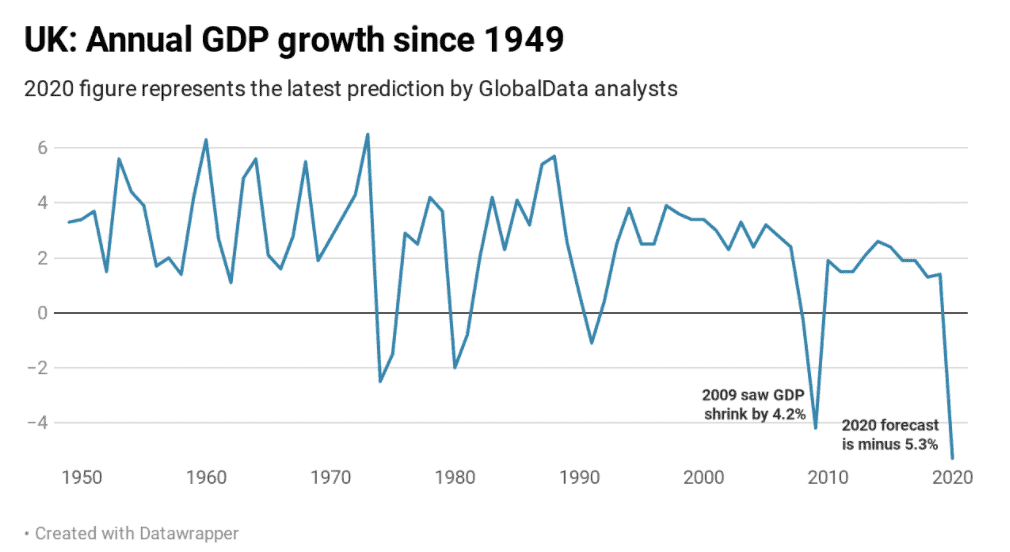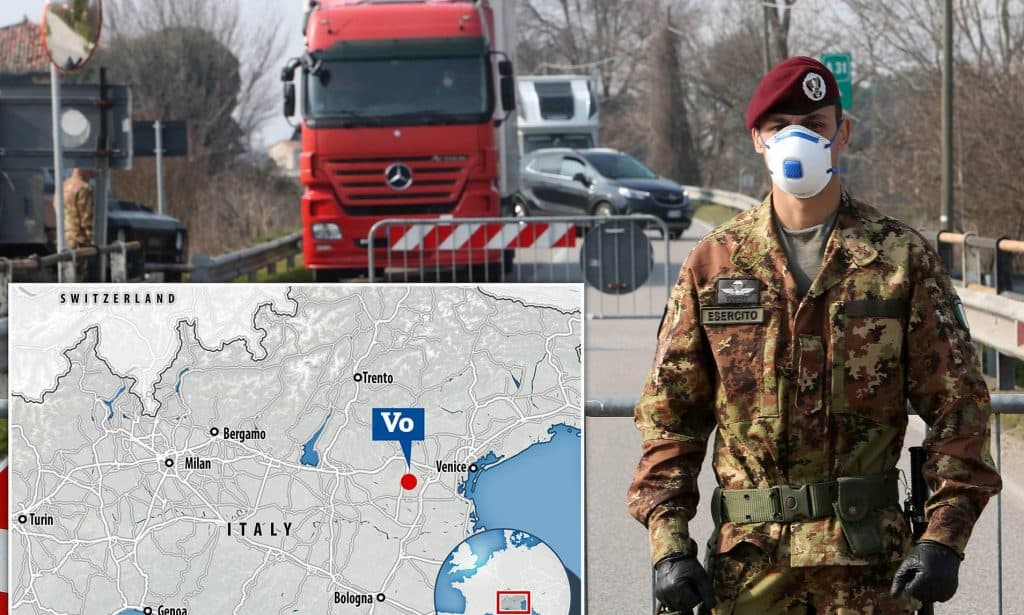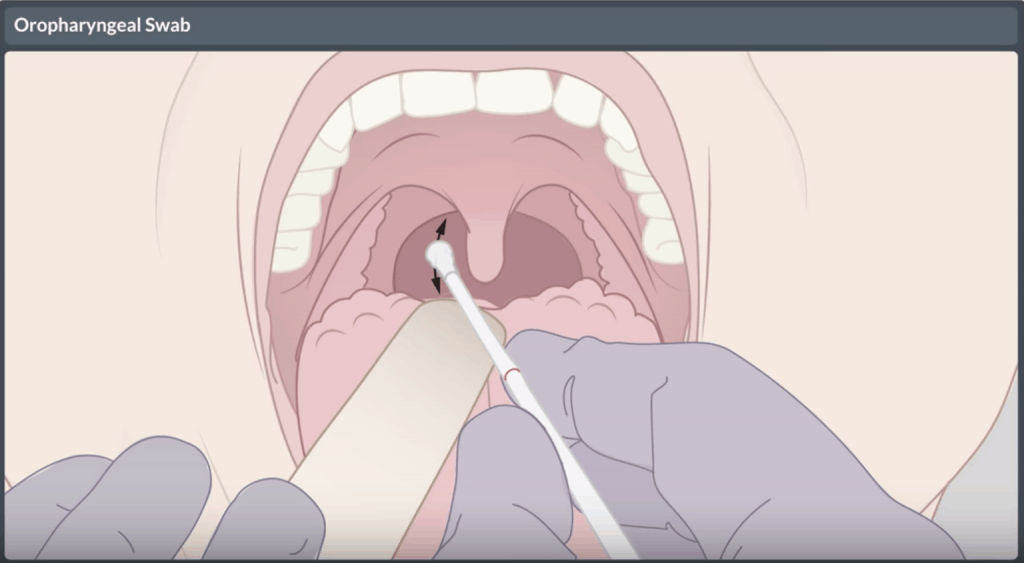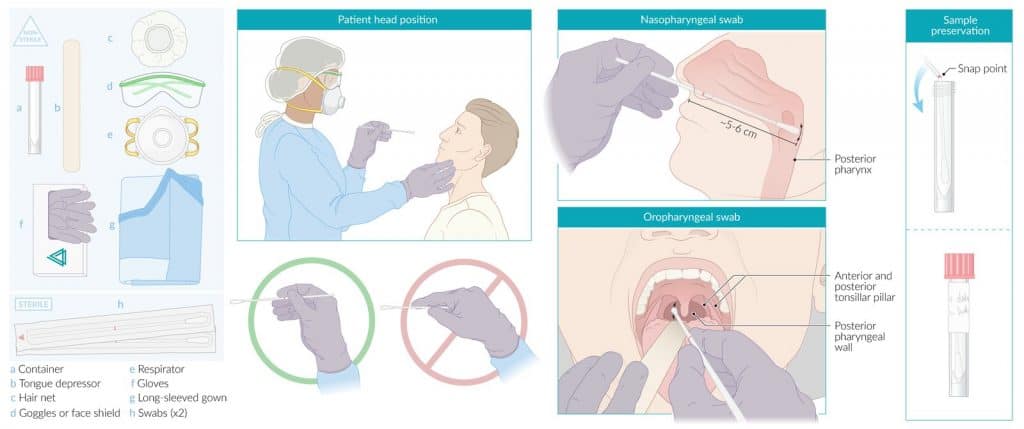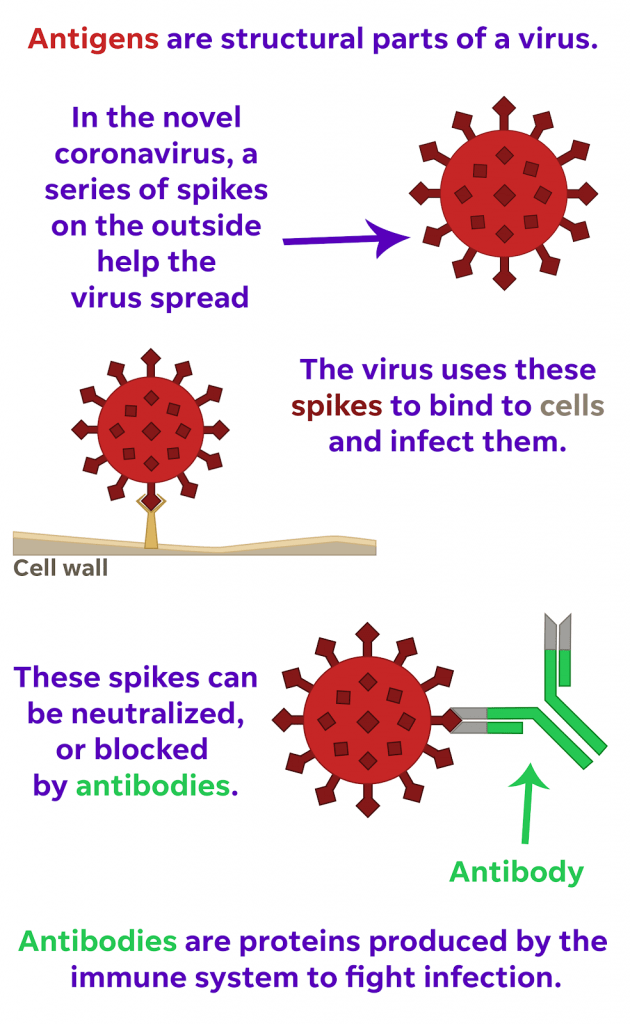- Global Mayhem
- No Cure, No Vaccine for COVID-19
- Testing All Citizens: A Way To Control the Pandemic
- Lack of Aggressive Testing May Increase COVID-19 Spread
- What is a PCR Test?
- Challenges of PCR Tests
- What is an Antibody Test?
- Antibody Tests Flatten the Curve
Global Mayhem
What began in Wuhan, China, at the end of 2019 as an outbreak of pneumonia cases has ended in a global pandemic collapsing entire healthcare systems, ruining economies, and devastating lives. The United States projects one-quarter of a million deaths from COVID-19. In addition, the unemployment rate will hit 10% by the end of Spring 2020. With 43,000 healthcare jobs lost, the nationwide critical shortage of care, lack of Personal Protective Equipment (PPE) and medical supplies, America is left vulnerable to a massive tidal wave of crisis that will play out state-by-state. Swift, decisive action made in other countries, such as Iceland, and cities like Vò, has set the stage for their recovery from COVID-19. The data shows aggressive COVID-19 testing in combination with isolation policies and procedures are giving the best outcome.

No Cure, No Vaccine, for COVID-19
The human race has never been infected with the virus causing COVID-19, therefore, there is no vaccine or cure available. Since vaccine testing is an intricate, rigorous process that typically requires long-term success in animals before human trials begin, it will be years before scientists are able to analyze long term effects of early COVID-19 vaccination, which will not begin until the late fall of 2020. Without a proven vaccine or cure, people are left unprotected and vulnerable to various outcomes of which include hospitalizations, admissions to ICU and death in severe cases.
Testing All Citizens: A Way To Control the Pandemic
Although the rate of new cases of the disease is usually only a reflection of symptomatic cases of infection, asymptomatic carriers can affect the efficiency of interventions. In other words, a more accurate portrait of COVID-19 would be painted by collecting data from entire populations, and not only those who present with symptoms. This is one reason why Coronavirus death and mortality rates differ across nations.
When widespread testing is done across entire cities and countries, not only is more accurate data obtained about the virus, the COVID-19 is more controlled as seen in the village of Vò in northern Italy. After the first Italian death in the city of Vò, the entire village of 3,300 people, symptomatic and asymptomatic, were tested. 3% of the village was infected, although not everyone showed symptoms. “This allowed us to quarantine people before they showed signs of infection and stop the further spread of coronavirus. In this way, we eradicated coronavirus in under 14 days.” The city achieved a 100% recovery rate and no further cases of transmission were reported.
“Our study established a valuable principle: testing of all citizens, whether or not they have symptoms, provides a way to control this pandemic.”
Andrea Crisanti and Antonio Cassone, former director of the Department of Infectious Diseases at the Italian Institute of Health.
Iceland has also taken swift, decisive action to limit the spread of COVID-19 disease with heavy testing, contact tracing, and quarantine of suspected carriers. Their strict measures to contain the spread of COVID-19 in Iceland with high testing capabilities were made possible with help from the Icelandic medical research company deCode Genetics. By the third week of March, nearly 12,000 people were tested for the virus that causes COVID-19. At present, this is the highest proportion of tests performed by any single country at 32,000 per 1,000,000.

“We intend to gather insight into the actual prevalence of the virus in the community, as most countries are most exclusively testing symptomatic individuals at this time.”
Thorolfur Guðnason, Iceland’s Chief Epidemiologist

Lack of Aggressive Testing May Increase COVID-19 Spread
South Korea, like Singapore, conducted a series of mass tests early and were able to decrease the spread sooner than China. Singapore imposed heavy fines for not following policies. After the SARS outbreak of 2002, both countries made improvements to their infrastructure including the construction of isolation hospitals and negative pressure rooms.
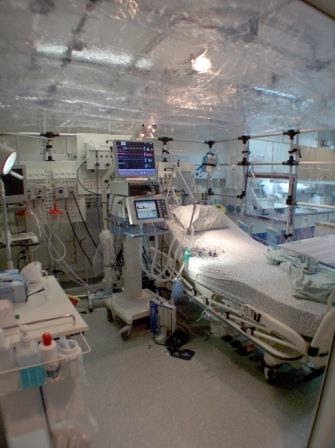
They also added firmer, clearer interventions and policies regarding a pandemic. This included more aggressive testing and transparent case reporting, social distancing and public health communications. Once China alerted the WHO in December 2019 of the Coronavirus outbreak, both countries began to mobilize. “By the time the World Health Organisation declared a public health emergency at the end of January, it was ready.”
China, not only delayed action, they focused only on the most severe cases. In China, silent infections were not found or quarantined to slow the spread until later phases. Even the COVID-19 cases of Kentucky vs. Tennessee shows the role that public health communications and social distancing play in stopping the spread of COVID-19. Aggressive testing combined with policy flatten the curve.
With an increase in cases across the United States and the world, it’s clear that COVID-19 causes a much wider range of symptoms than fever and cough. Tests will give a better picture of who has been exposed to the virus and should be in self-isolation or quarantine to slow the spread.
Coronavirus Testing Methods

What is a PCR Test?
The COVID-19 RT-PCR test stands for: real-time reverse transcription polymerase chain reaction (rRT-PCR). The test is for the qualitative detection of nucleic acid from SARS-CoV-2 in upper respiratory specimens (often collected through nasopharyngeal or oropharyngeal swabs, sputum) and lower respiratory specimens (bronchoalveolar lavage, nasopharyngeal wash).Dr. Roger Moczygemba explains In layman’s terms, “The PCR tests for the active disease by looking for a piece of the virus.”
Challenges of PCR Tests
Universal Shortage
While it is clear that universal testing is essential, PCR testing for the Coronavirus that causes COVID-19 has its challenges. To begin with, there is a worldwide shortage of PCR tests. The CDC gives guidance for who should be tested for COVID-19 and how. Hospitalized patients and symptomatic healthcare workers are listed as first priority and individuals without symptoms as non-priority. Although the City has changed its criteria for PCR tests to no longer need a doctor’s referral to be tested for COVID-19 in San Antonio, the tests are still only made available to those who are symptomatic of the virus.
False Negatives
Another challenge when testing for pneumonia caused by COVID-19 is that PCR tests for coronavirus may give false-negative results about 30% of the time. This means that people with an active COVID-19 infection can still test negative for the disease. “We cannot reach into the lungs, so we have to go to the back of the throat or lungs. Every step away from the lungs is a step away from getting a good sensitivity to the test,”Dr. Moczygemba says. With long testing times, the turnaround time for testing can become days.
More Complex
The tests can triple and quadruple the price of an antibody test, the tests are uncomfortable and require longer processing time, all amounting to a more complex testing process.

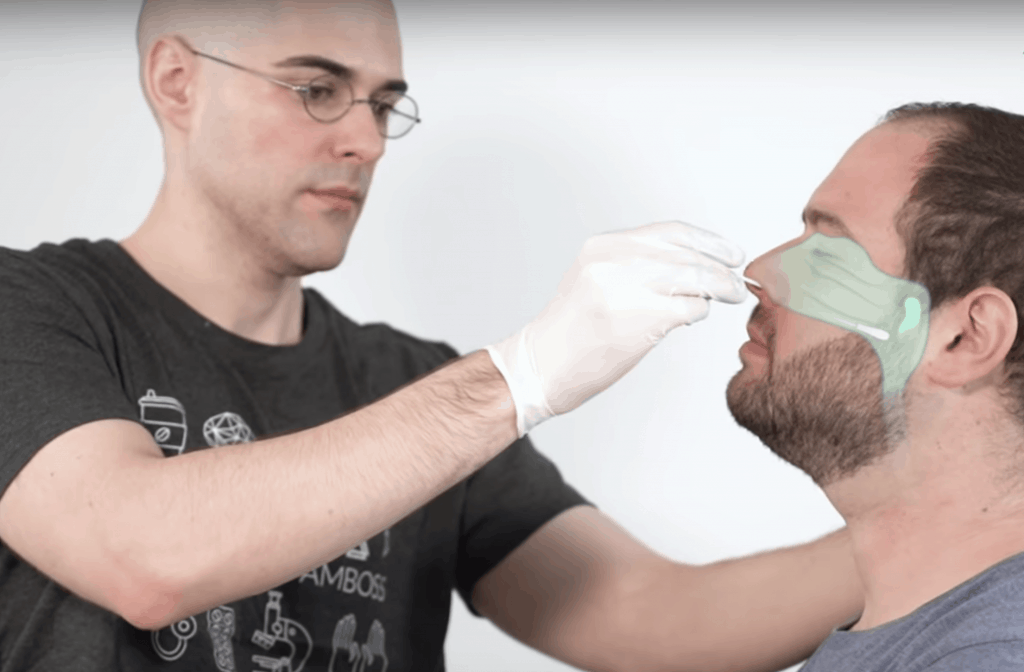
Nasopharyngeal Swab
BAL
The collection and handling of the bronchoalveolar fluid can also pose more risks for the patient and the clinician. The BAL procedure is generally performed on patients with severe cases and the insertion of the tube can further expose clinicians to the virus.
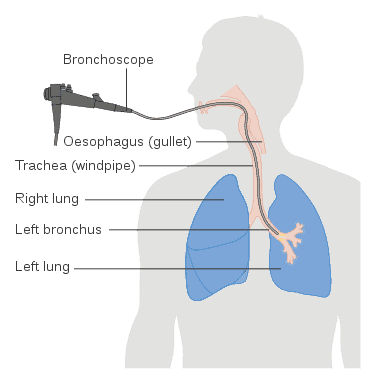
Inserting the tube can cause:
- Cough
- Shortness of breath
- Drop in oxygen level
- Post BAL fever seen in up to 30% of patients
- Chills
- Bronchospasms
- Fall of lung function
In addition, the sample must be processed as soon as possible, in 2-3 hours maximum.
What Is an Antibody Test?
“We know from the cruise ship and nursing clinic in Seattle that about 50% of those tested won’t show symptoms. We also know that one person infected can spread it between 2-3 people. This underscores the great importance of social distancing and hand washing and sanitizing but there’s another option available, and that’s a serological test,” Dr. Moczygemba explains.
A rapid COVID-19 antibody test uses whole blood, serum or plasma to detect both anti-SARS-CoV-2 IgM and IgG antibodies. It is a point-of-care test intended to screen patients for COVID-19. This means the test can be done in the office in 15 minutes without equipment or a laboratory.

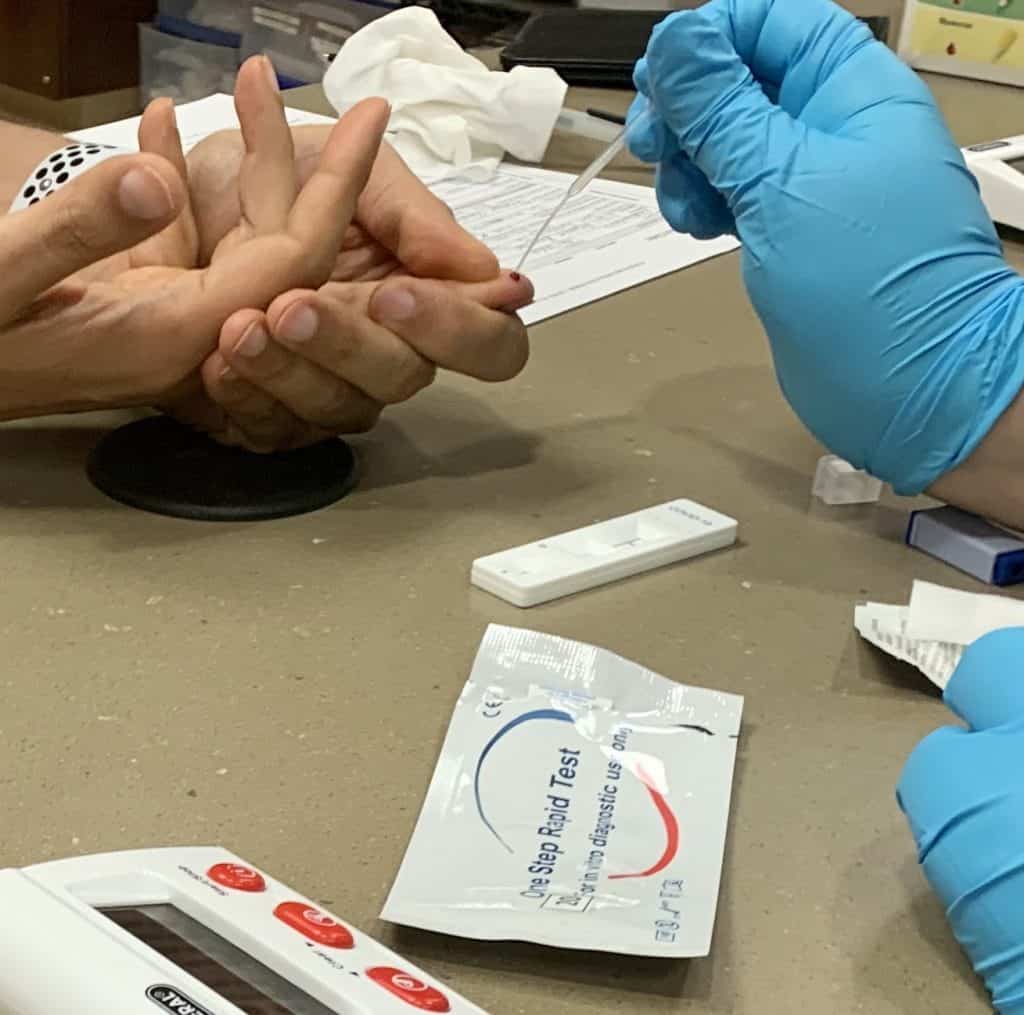
Antibodies can be detected 1-3 weeks after infection in whole blood (IgG), serum or plasma (IgM). The clinician searches for IgG as a response to show that someone is immune. “An IgG antibody will show up if a patient is exposed to that disease again,” Dr. Moczygemba explains the graph.
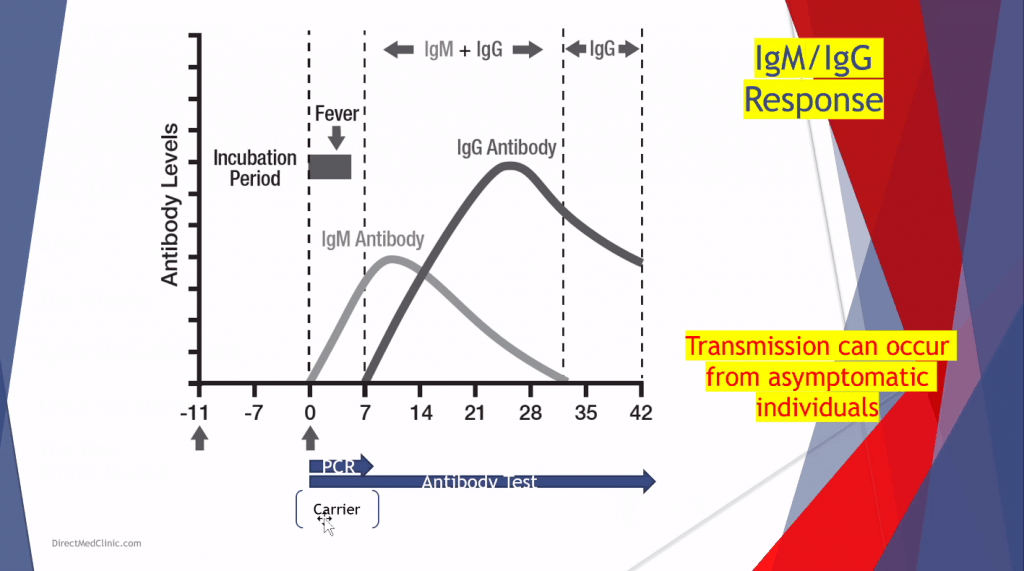
What Are Antibodies?
“We want IgG to stay up to mean that you’re immune to another infection. The IgM will go down after a couple weeks or a month. We still don’t know if those antibodies that are developed from the COVID-19 infection will fight off another infection around next season or even a reinfection because there are reinfections occurring. This is a brand new disease for the human race. We develop antibodies for the flu every year but the virus changes every year and we have to get another one.”
Antibody Tests Flatten the Curve
Various cities and countries in the world have made cases demonstrating that widespread testing gives more accurate data obtained about the virus. Although PCR tests can give more information about a person’s active infection of COVID-19, antibody tests are more accessible, and even provide more value by testing employees every few days.



